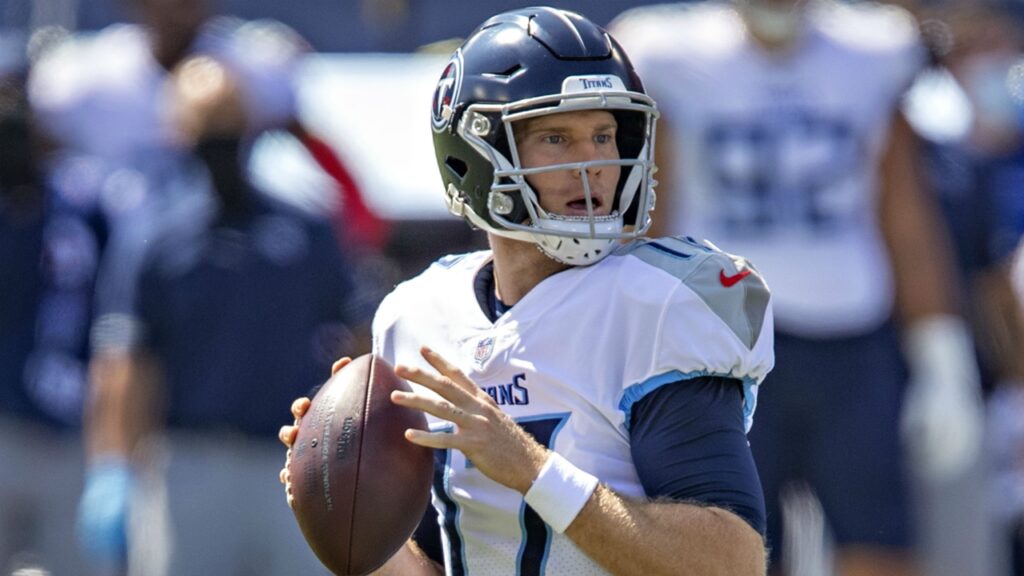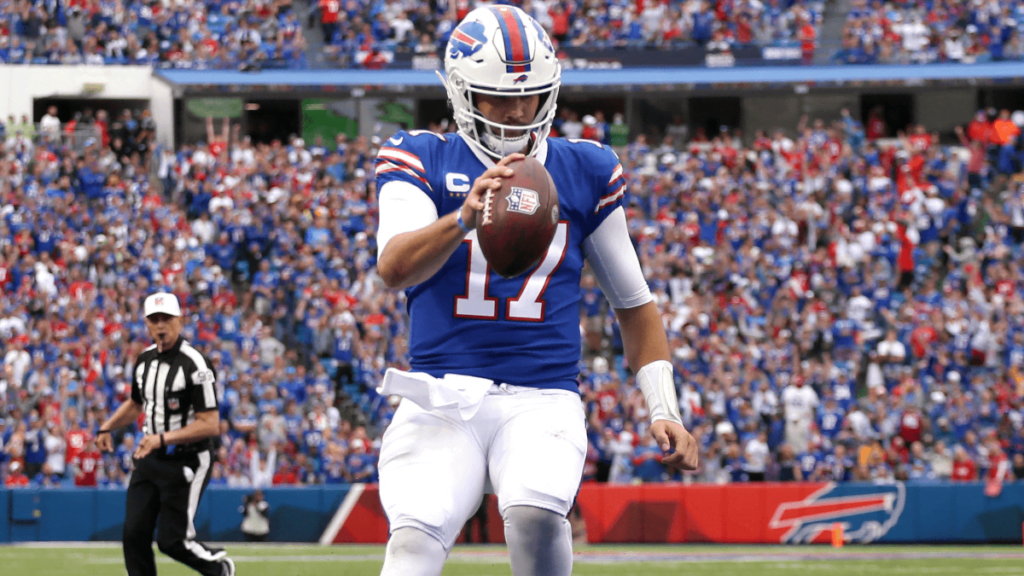
Hard to believe, but there was a time when no one had ever heard of a point spread. All betting was done on the moneyline, and all we had were NFL odds to help level the playing field between teams. Phrases like “laying the points” and “covering the spread” didn’t exist..
In the 1940s a mathematician named Charles McNeil, who was also a huge fan of wagering on football, created the point spread when he first opened his own bookmaking business. As a knowledgeable football bettor, and a talented mathematician, he devised a formula that allowed him to estimate how many points a team would win by.
His point spread was an instant hit with his customers, and now it is the foundation that all other sports betting builds from.
Understanding the Point Spread

A point spread is a similar concept to a handicap in golf. One golfer is terrific, another regularly plays from the rough, yet a handicap allows them to play against one another competitively. The handicap helps determine by how many strokes the scratch golfer should win by, and he doesn’t win by that much he loses.
In football, the New England Patriots have been good for two decades, and the Jacksonville Jaguars haven’t been good for almost as long. But with a point spread you can place money on the Jaguars, and you can actually win your bet.
Let’s say the Patriots are favored to win by 10.5 points. If you place your money on the Patriots, you are saying that you believe they will win by 11 points or more. If you place your money on the Jaguars, you are wagering on them to lose by 10 points or less.
It really is that simple.
A Moving Point Spread
You’ve heard references to opening lines. Those are the very first point spreads that are posted on a game. For the NFL, they usually come out shortly after both teams have completed their previous game.
Over the course of the week the point spread moves from that initial guess by the bookmakers to better reflect the way the betting public is responding. And that is what is important to remember. A point spread might move because of a particular event – a player gets hurt, a player gets traded, a weather forecast changes, etc – but most of the time the movement is just a reflection of the bets coming in.
A sportsbook has no rooting interest in who wins a game and which side wins their bets. What they want is an equal number of bets to come in on both sides of a result. If those bets are coming in too much for one side, then the point spread will shift to drive more bettors to the other team.
The point spread is simply a tool used by the sportsbook to best make sure they make a profit and don’t take on a huge liability if one team wins over another.
Betting Strategies for a Point Spread
Computer automation has changed the sports betting world. We can place bets from our mobile devices that reflect the most recent changes in point spreads within seconds of that spread changing. And almost all sportsbooks use the same bookmaking services, so the spreads you play with one book are going to be nearly identical to the spreads at another book.
Still, there are things that you can do to make the system work for you.
If you want to wager on the underdog, wait. Most people are drawn to the favorite, pushing up those bets as the week goes. The longer you wait on betting the underdog, the more likely you are to get a favorable spread. The opposite is true if you want to be the favorite.
If you see early movement in the point spread, and large movement, that’s more likely to come from a professional who has spotted a line they think they can exploit. It may mean you are too late to place a good bet, but it will tell which direction the sharps are leaning.
And remember, you are wagering the spread at the time you bet it. If you bet on the Patriots -10.5, and the spread drops to a more favorable 9.5 points, go ahead and bet it a second time. As long as it fits into your budget, go for it.







![OMGChat: 10 Top OMGChat Alternatives [Free] 5 omgchat](https://www.voozon.com/wp-content/uploads/2020/05/woman-video-call.jpg)
